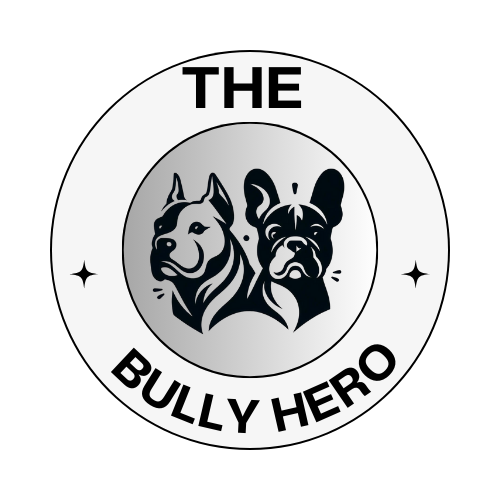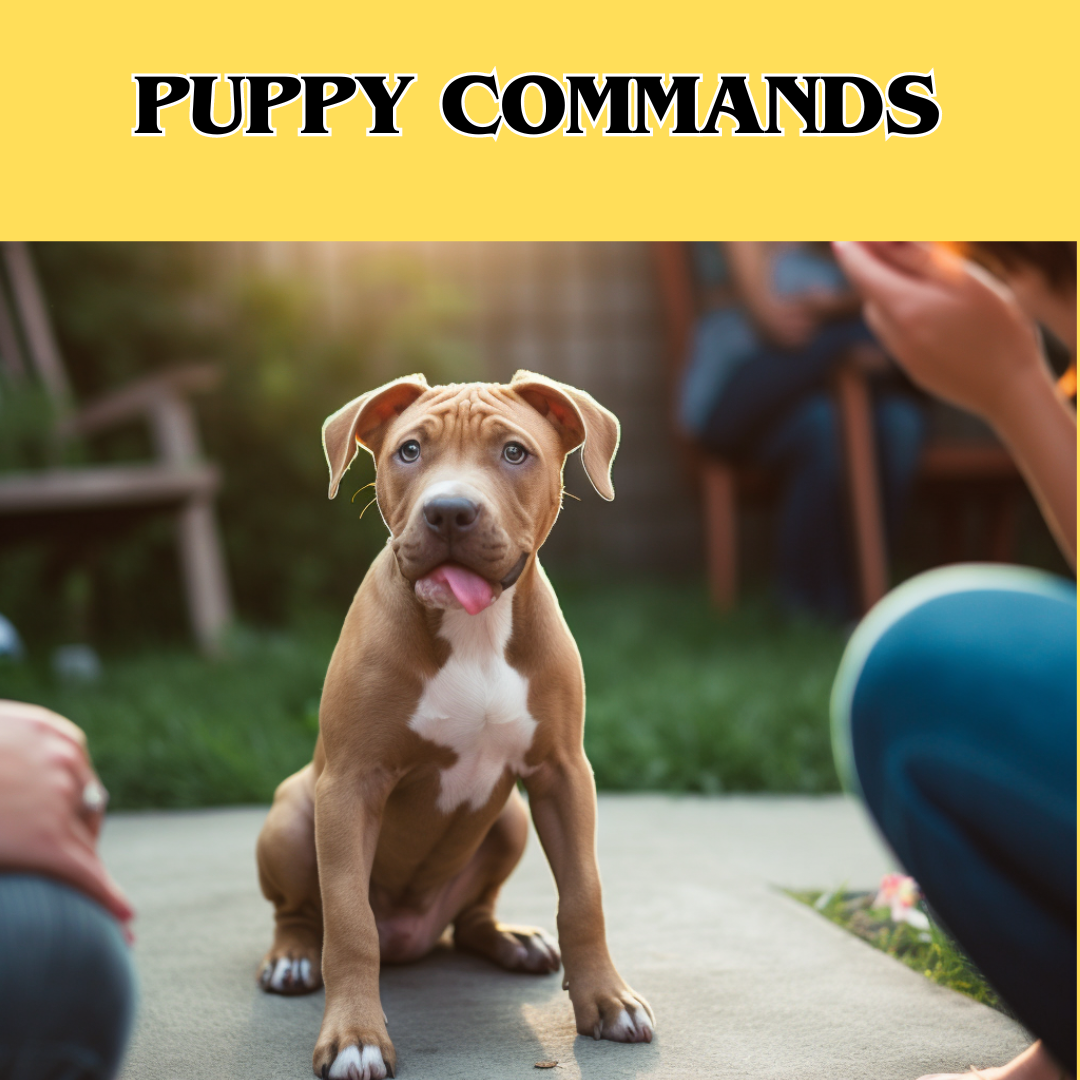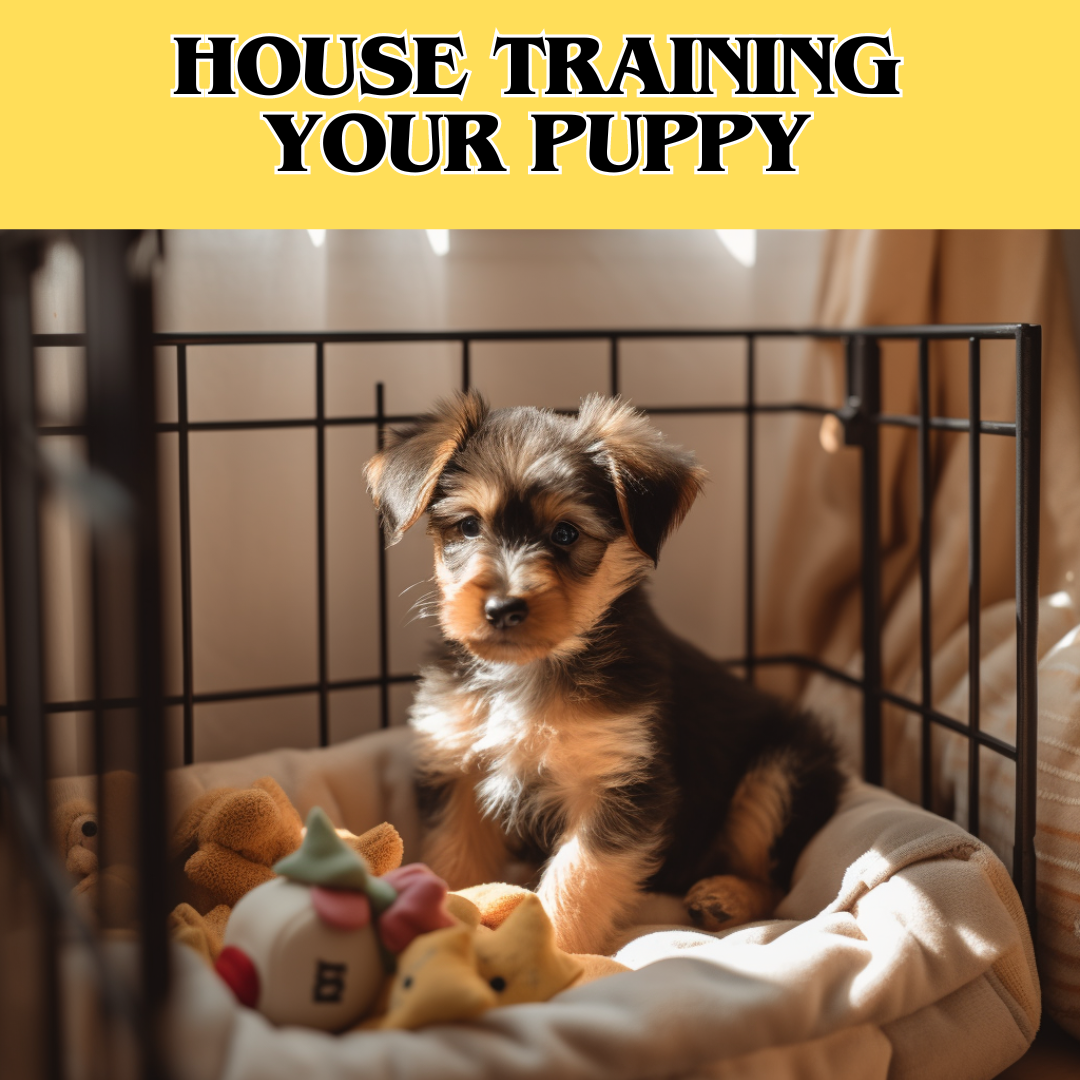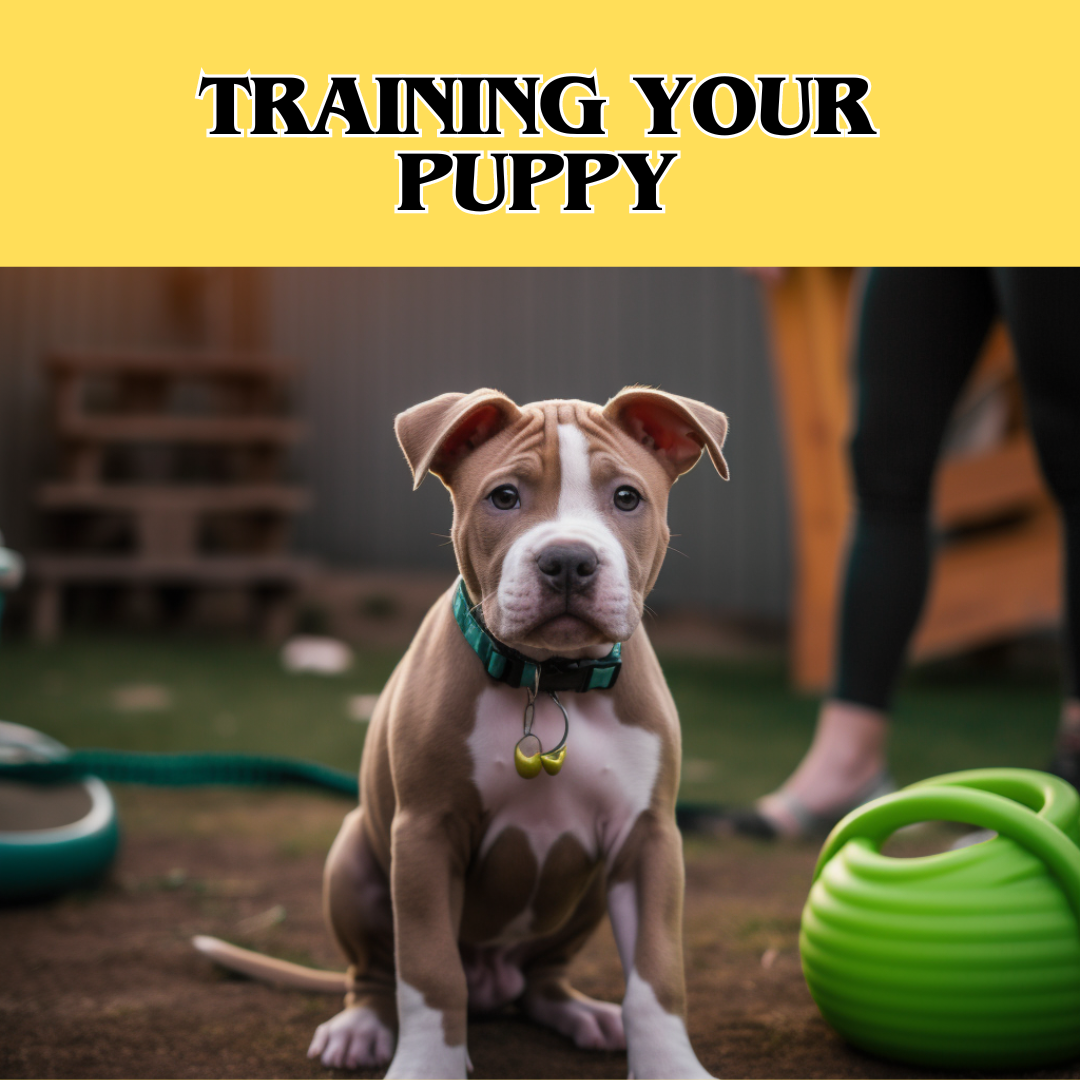Key Takeaways
| Key Command | Importance | Training Tips |
|---|---|---|
| Sit | Establishes basic obedience and control | Use treats and consistent commands |
| Stay | Teaches patience and prevents unwanted movement | Gradually increase the duration of the command |
| Come | Ensures safety and responsiveness to recall | Practice with rewards and increasing distances |
| Heel | Promotes good leash manners and control during walks | Use treats and consistent reinforcement |
| Down | Helps with calming the dog and controlling impulses | Combine with sit command for better control |
| Leave it | Prevents the dog from picking up harmful objects | Use toys or treats to practice the command |
Training your Pit Bull puppy with essential commands sets the foundation for a well-behaved and obedient dog. Here are the key commands every puppy should learn:
Sit
Teaching your puppy to sit is one of the most basic yet crucial commands. It helps in establishing control and is often a precursor to other commands.
- How to Teach Sit: Hold a treat close to your puppy’s nose, then move your hand up, allowing his head to follow the treat and his bottom to lower. Once he’s in a sitting position, say “Sit,” give him the treat, and share affection.
- Training Tips: Consistency is key. Use the command in various situations to reinforce the behavior. For more detailed guidance, refer to The Best Way to Teach Sit.
Stay
The stay command is vital for teaching patience and preventing your puppy from wandering into dangerous situations.
- How to Teach Stay: Start with your puppy in a sitting position. Open your palm in front of you and say “Stay.” Take a few steps back. If he stays, give him a treat and affection. Gradually increase the number of steps you take before giving the treat.
- Training Tips: Gradually increase the duration your puppy stays in position. For more tips, visit Stay Command.
Come
This command is essential for ensuring your puppy’s safety and should be practiced frequently.
- How to Teach Come: Put a leash and collar on your puppy. Go down to his level and say, “Come,” while gently pulling on the leash. When he comes to you, reward him with a treat and affection.
- Training Tips: Practice in different environments to strengthen recall ability. Check out Mastering Come Command for more insights.
Heel
Training your puppy to heel ensures he walks beside you without pulling on the leash.
- How to Teach Heel: Start with your puppy on a leash at your side. Hold a treat in your hand and say “Heel,” encouraging him to walk with you. Give him the treat when he stays by your side.
- Training Tips: Practice regularly during walks. For additional methods, see How to Teach Heel.
Down
The down command helps in managing your puppy’s impulse control and can be useful in various situations.
- How to Teach Down: Hold a treat in your hand close to your puppy’s nose. Move your hand to the ground, and as he follows, move it along the ground in front of him to encourage his body to follow his head. Once he’s in the down position, say “Down,” give him the treat, and share affection.
- Training Tips: Use this command to help your puppy settle in various environments.
Leave It
Teaching the leave it command prevents your puppy from picking up dangerous objects.
- How to Teach Leave It: Show your puppy a treat in your hand, but don’t let him get it. Say “Leave it,” wait until he looks away from the treat, and then give him a different treat from your other hand.
- Training Tips: Practice with various objects to reinforce the command. Learn more from How to Use Treats to Train Your Pit Bull.
Incorporating Play into Training
Integrating play into your training sessions can significantly boost your puppy’s engagement and enjoyment. Play-based training is particularly effective for Pit Bulls, as it leverages their high energy levels and intelligence.
Benefits of Play-Based Training
- Enhanced Engagement: Play makes training more enjoyable and keeps your puppy motivated.
- Physical Health: Incorporates essential exercise, promoting physical well-being.
- Mental Stimulation: Challenges your puppy’s mind and reduces boredom.
- Strengthened Bond: Builds a stronger relationship between you and your puppy.
- Behavioral Improvement: Encourages good behavior through positive reinforcement. For more details, visit Play in Training.
Implementing Play in Training Sessions
- Integrate Fun Games: Games like fetch, tug-of-war, and hide-and-seek can make learning more enjoyable.
- Use Toys as Rewards: Offer toys as rewards during training to encourage active participation.
- Create an Enriched Environment: Set up an interactive training environment with various toys and obstacles.
- Encourage Social Play: Organize playdates with other dogs to enhance social skills.
Addressing Common Training Challenges
Training a puppy can come with its own set of challenges. Here are some tips to overcome them:
- Determining the Right Reward: Experiment with different types of rewards to see what motivates your puppy the most. Treats, toys, and praise are common options.
- Maintaining Consistency: Consistent commands and rewards are crucial for effective training. Establish a routine and stick to it.
- Managing Training Duration: Keep training sessions short and frequent to maintain your puppy’s interest. For guidance on this, check out Training Duration.
- Handling Distractions: Train in a quiet environment initially, gradually introducing distractions as your puppy becomes more proficient. For strategies on managing distractions, see Training Distractions.
Creating a Safe Training Environment
A safe and stimulating environment is essential for effective training. Here are some tips to ensure your puppy’s safety during training:
- Secure Outdoor Spaces: Ensure your training area is secure to prevent escapes and offer safe places to run and play.
- Pet-Proofing Your Home: Keep hazardous materials and small objects out of reach to prevent accidents. For more on this, visit A Safe Environment for Your Pit Bull.
- Temperature Control: Be mindful of extreme weather conditions and protect your puppy from excessive heat or cold.
Advanced Training Tips
Once your puppy has mastered the basic commands, you can move on to more advanced training techniques. Here are some tips for progressing your training:
- Positive Reinforcement: Continue using positive reinforcement to encourage good behavior. Reward your puppy with treats, toys, or praise immediately after they perform the desired action.
- Gradual Complexity: Slowly increase the complexity of the commands and the duration for which they must be followed.
- Incorporate Real-Life Scenarios: Practice commands in various real-life situations to ensure your puppy responds in different environments. For more advanced techniques, refer to Advanced Training for Pit Bulls.
Conclusion
Training your Pit Bull puppy with essential commands and incorporating play into your sessions can lead to a well-behaved and happy dog. By addressing common training challenges and ensuring a safe training environment, you set the foundation for successful training. Continue to use positive reinforcement and gradually introduce more complex commands to keep your puppy engaged and motivated.
FAQ
Q: What are the essential commands for Pit Bull puppies?
A: Key commands include sit, stay, come, heel, down, and leave it. These commands establish obedience and control.
Q: How can I incorporate play into training sessions?
A: Use games like fetch and tug-of-war, offer toys as rewards, create an interactive environment, and encourage social play with other dogs.
Q: What should I do if my puppy doesn’t respond to a command?
A: Ensure you’re using consistent commands and rewards. Practice in a quiet environment and gradually introduce distractions. Be patient and persistent.
Q: How do I create a safe training environment for my Pit Bull puppy?
A: Secure outdoor spaces, pet-proof your home by keeping hazardous materials out of reach, and control the temperature to protect your puppy from extreme weather.
Q: What advanced training tips can help my Pit Bull puppy?
A: Use positive reinforcement, gradually increase command complexity, and practice in real-life scenarios to ensure your puppy responds in various environments.



